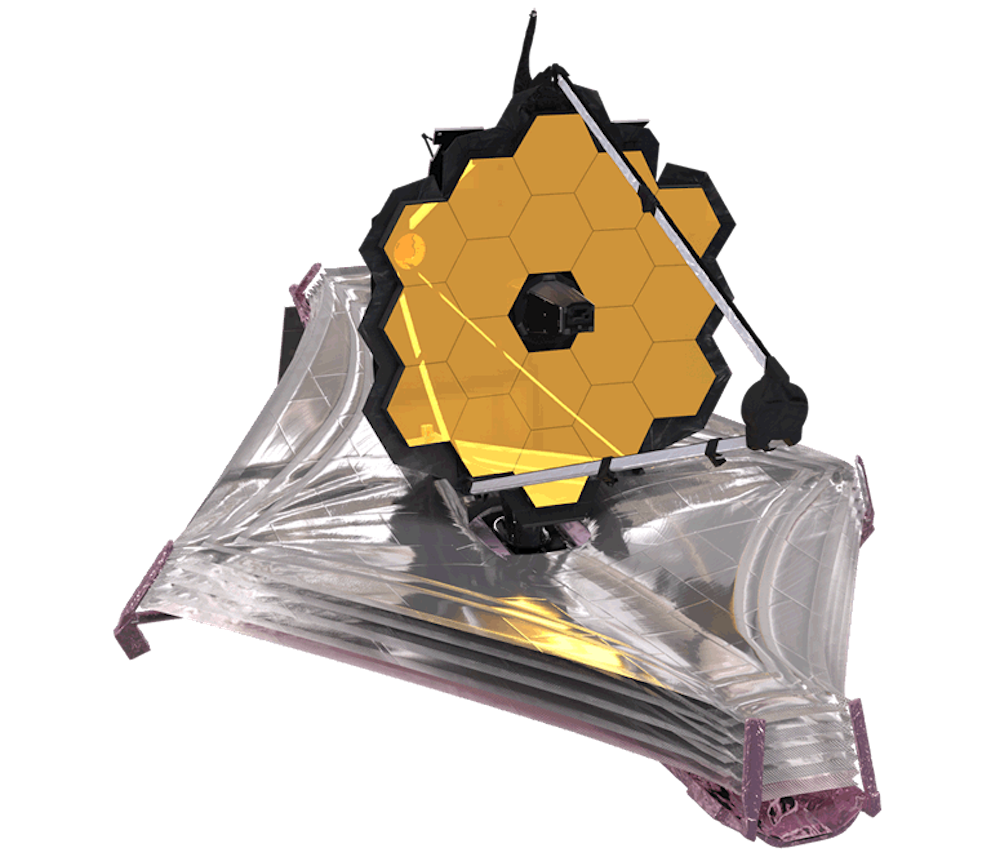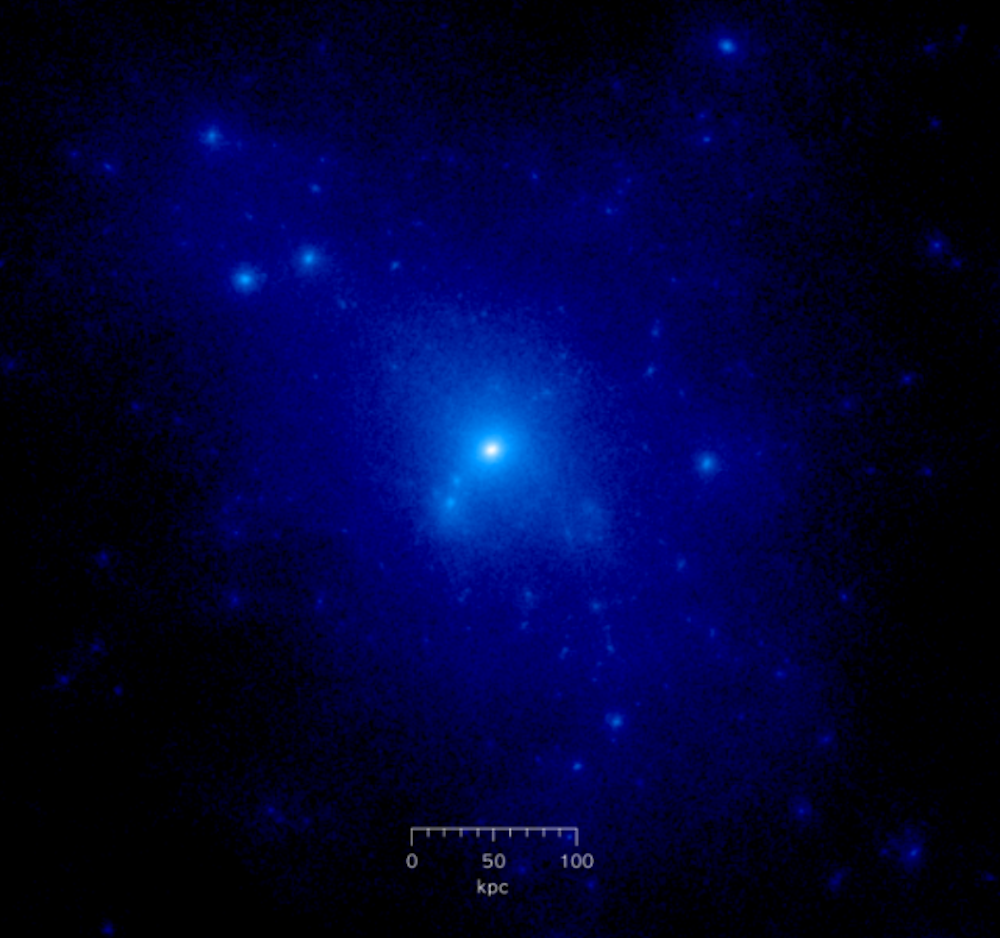The James Webb Space Telescope has revealed many wonders of the early universe, but few discoveries have puzzled astronomers more than some mysterious “little red dots.” These tiny, brilliant galaxies appear scattered across deep space images like cosmic breadcrumbs, challenging everything scientists thought they knew about how galaxies formed in the early universe.
These faint, compact objects were completely undetected before the James Webb Space Telescope and represent what lead researcher Fabio Pacucci calls “arguably the most surprising discovery by JWST to date.” The little red dots are visible from when the universe was just one billion years old, appearing about one-tenth the size of typical galaxies yet shining unusually bright.
 Schematic of the James Webb Space Telescope (Credit : NASA)
Schematic of the James Webb Space Telescope (Credit : NASA)
The team at Harvard & Smithsonian’s Center for Astrophysics believe they’ve cracked the code. In a new study by astronomers Pacucci and Abraham Loeb they propose that these strange objects formed inside extremely rare, slowly spinning dark matter structures. Their distinctive red colour suggests they’re either shrouded in dust or packed with older stars. But here’s where things get really puzzling, the source of their incredible light output eludes us. If it comes from black holes, then those black holes would be impossibly massive for such tiny galaxies. If it comes from stars alone, the galaxies would be so densely packed that the physics seems impossible.
Rather than focus on what makes the dots glow, Pacucci and Loeb asked a different question; how did such strange objects form in the first place? Their answer involves the invisible scaffolding that shapes our universe, dark matter halos.
Think of dark matter halos like the spinning mechanism of a fairground swing ride. Much like the swings ride at a fairground, the faster the halo spins, the further out the swings stretch, causing the galaxy forming at its center to expand; likewise, a slow spin keeps the swings’ radius smaller.
The researchers discovered that little red dots likely formed in dark matter halos spinning so slowly they represent less than one percent of all halos in the universe. These low spin halos would naturally create extremely compact galaxies in a hypothesis that elegantly explains several mysteries about the little red dots.
Since only one percent of dark matter halos spin this slowly, compact galaxies would be equally rare and this nicely matches what astronomers observe. The theory also explains their peculiar timing with the dots appearing only during a brief billion year window because as the universe aged and expanded, dark matter halos naturally gained more spin, making it nearly impossible to form such compact structures later on. Finally, the brightness puzzle makes sense because low spin halos tend to concentrate mass in the center, creating ideal conditions for a black hole to rapidly accrete matter or for stars to form at extraordinary rates.
“Our work is a step toward understanding these mysterious objects. They might help us understand how the first black holes formed and co-evolved with galaxies in the early universe.” – Fabio Pacucci from Harvard & Smithsonian’s Center for Astrophysics
While this theory doesn’t definitively settle whether the dots are powered by stars or supermassive black holes, it provides the first compelling framework for understanding how these strange objects could exist at all. The research suggests these compact galaxies created ideal conditions for rapid growth, whether through explosive star formation or voracious black hole feeding.
As astronomers continue studying these wonderful natural time capsules, the little red dots may unlock secrets about the universe’s most formative period, when the first stars ignited and the first black holes began their billion year growth spurts that would eventually shape the universe we see today.
Source : New Theory May Explain Mysterious “Little Red Dots” in the Early Universe
Source link


